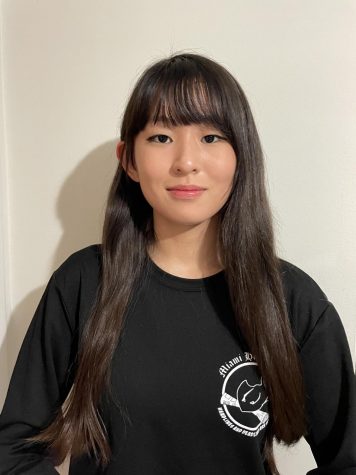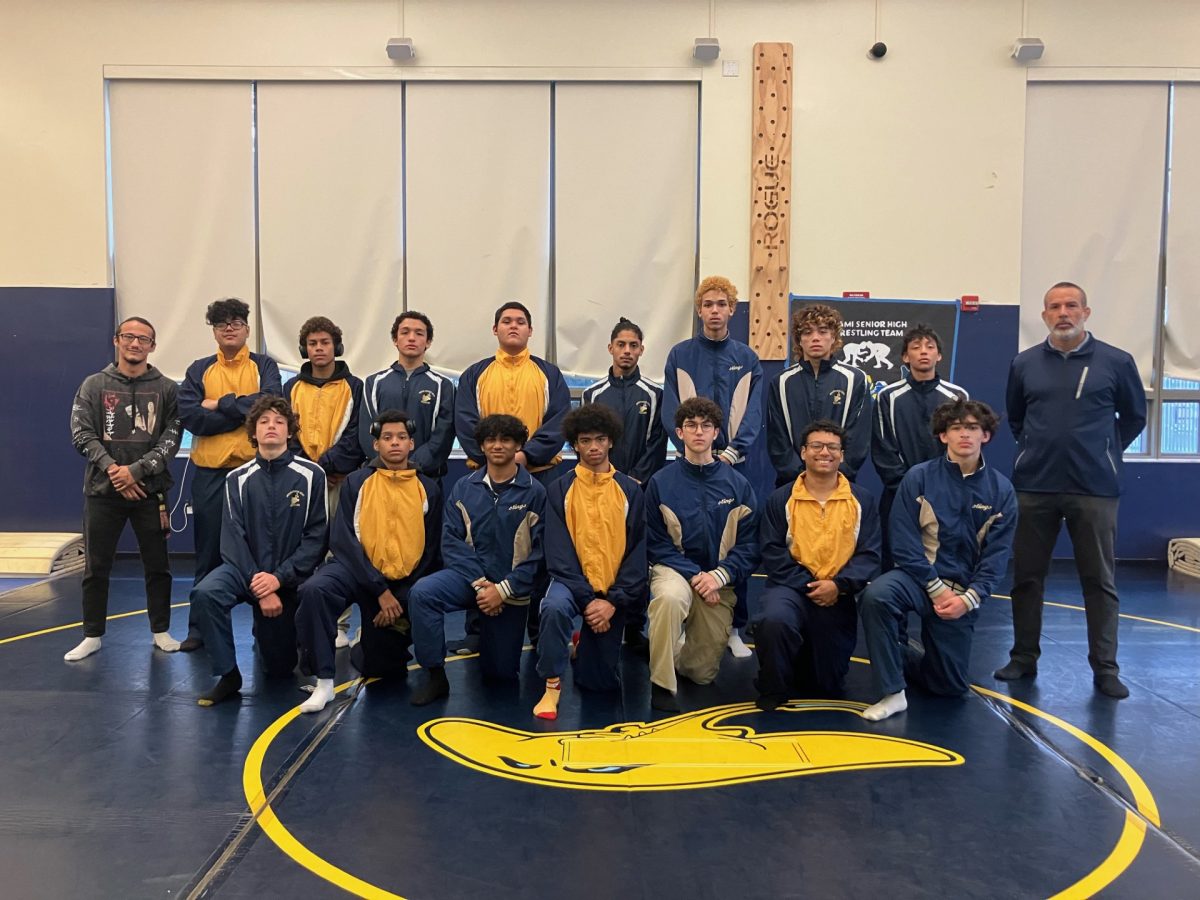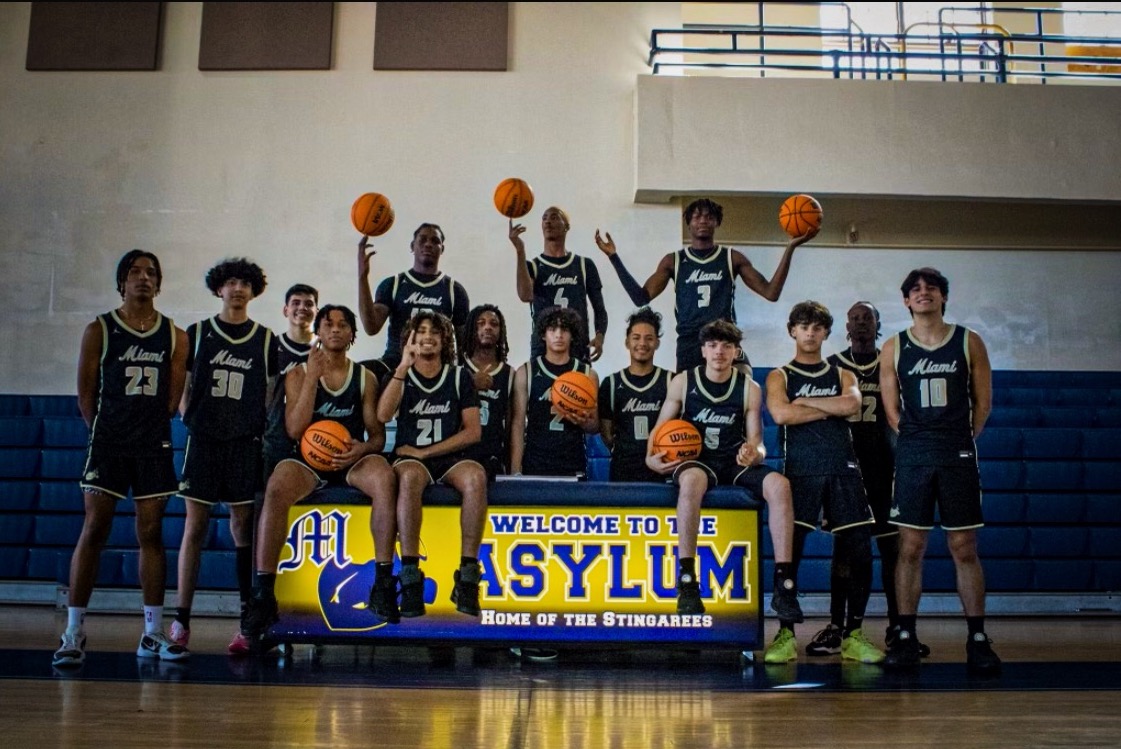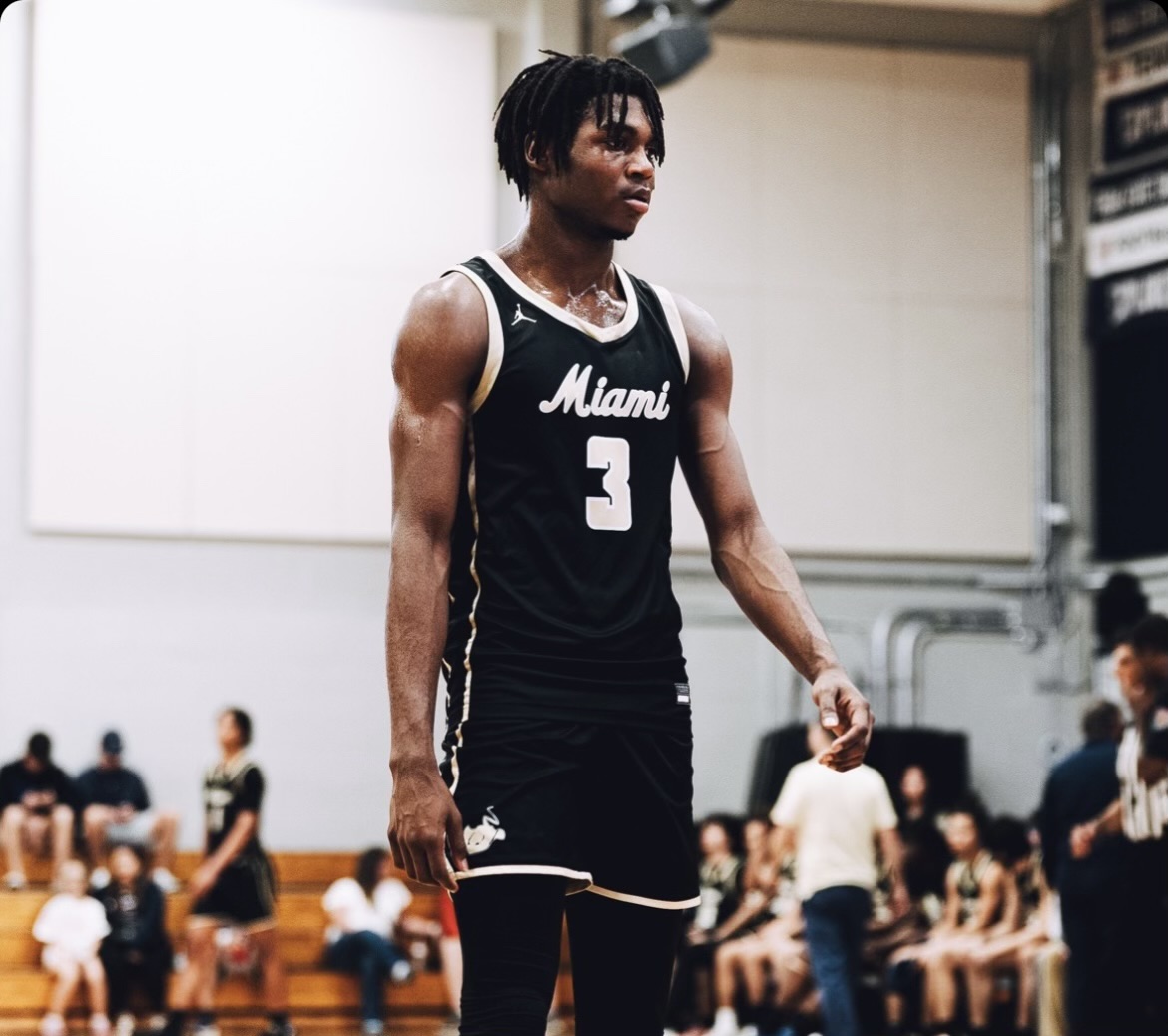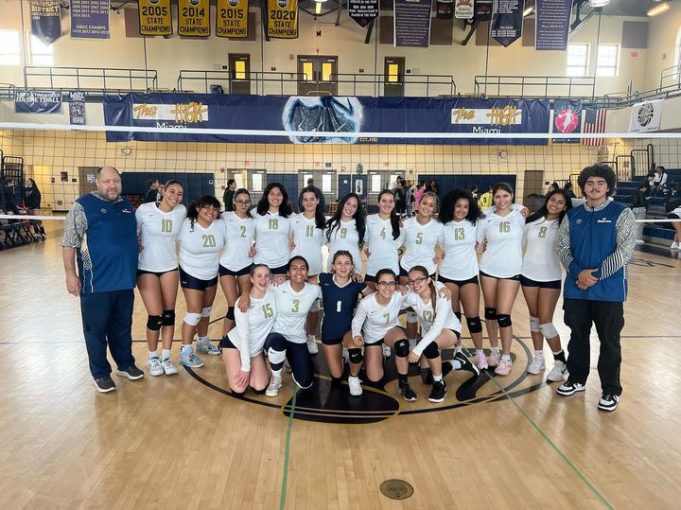#StopAsianHate
June 2, 2021
For decades, the Asian community has been experiencing racism and discrimination from society; however, this issue has always been buried under the rug, hidden from the spotlight. Many individuals do not recognize this issue as a pertinent issue in society, but rather view it as a group of people overplaying their hurt.
However, the racism the Asian community have been experiencing is real. For years the people have been told their experiences are not valid. Now that’s not the case. Many Asians and Asian-Americans are coming together to advocate for this issue, protesting against the countless hate crimes occurring. This time we will not be silenced.
What is Xenophobia and Racism?
According to the Merriam-Webster dictionary, Xenophobia is the “fear and hatred of strangers or foreigners.” Racism is the “belief that racial differences produce an inherent superiority of a particular race.” A person can be both xenophobic and racist.
Now, how are xenophobia and racism affecting the Asian community? With the Coronavirus being a prominent issue in America for more than a year, Asian people and people of Asian descent have been the target. On the website, Human Rights Watch, the United Nations Secretary- General Antonio Guterres said, “The pandemic continues to unleash a tsunami of hate and xenophobia, scapegoating and scare-mongering.” By late April, there had been almost “1,500 reports of racism, hate speech, discrimination, and physical attacks against Asians and Asian-Americans.”
Many people are blaming the Asian community for COVID-19. They believe that we’re the reason why their lives are in shambles because people always want something to blame their problems on. The Asian community should not have to fear leaving their house. We should be able to walk around our neighborhood without the fear of being verbally or physically attacked.
History on Asian Racism in the United States
Despite the hate against the Asian community being more prevalent recently as a result of the COVID-19 pandemic, the Asian community has been experiencing racism and discrimination for decades in the United States. According to The Washington Post, in the 1850s, Chinese immigrants were willing to fill the high demands for workers in mining and railroad construction; however, the racist statement of “Asians coming to steal White jobs” was born. In 1854, the California Supreme Court followed by ruling that in People v. Hall, “people of Asian descent could not testify against White people in court.”
This ruling led White people to not face punishment for their anti-Asian violence, allowing for the violence against Asian people to continue. This ruling can be seen when a White man was murdered in a crossfire between rival Chinese groups, leading to “more than 500 White and Hispanic rioters surrounding and attacking Los Angeles’ small Chinese community.” At least 17 Chinese men and boys were lynched, and this crime went unpunished.
According “The long history of racism against Asian Americans in the U.S.” published on PBS, by Adrian De Leon, in the late 19th century in the United States, the Asian community was considered a threat as white nativists were spreading xenophobic propaganda about Chinese people by calling them “yellow peril”— people “unclean and unfit for citizenship in America.” The xenophobic propaganda led to the Chinese Exclusion Act, “the first law in the United States that barred immigration solely based on race.” Later in the early 20th century, American officials located in the Philippines pushed propaganda that attacked Filipinos for being “unclean and uncivilized,” expanding their attack on Asian people. The blatant attacks from the government continued when President Franklin D. Roosevelt signed Executive Order 9066 during World War II to place Japanese Americans and Japanese immigrants in concentration camps under the suspicion that they were spies for Japan.
According to The Washington Post, the terrorist attacks of September 11, 2001 led to an increase of hate crimes against Muslims and people of South Asian descent. Many people from this community still experience hate to this day as Islamophobia still runs rampant in the United States.
The Continuation of Asian Racism
Sadly, anti-Asian hatred is not a thing of the past. Senior Sydney Chen who is an Asian-American attending Davidson Academy said, “Even though I live in a predominantly white place, I haven’t experienced a lot of racism. But I see a lot of Asian hate online in the comment sections of videos that are about China.”
Senior Skye Duong, who is an Asian-American attending School for Advanced Studies, said, “Stereotypes and microaggressions have ingrained Asian American racism into our daily lives. The ‘model minority’ myth that Asian Americans are hardworking and smart can sound like a compliment, but was only perpetrated to pit Asian Americans against other people of color by ‘setting an example,’ and in the long run can be extremely damaging for Asian Americans. Asian American students are often picked on for being ‘smarter’ and their accomplishments are often brushed off simply because of the fact they are Asian.”
Hate towards the Asian community has always existed, but it has definitely escalated over the past year. Many students at Miami High have witnessed an increase in hate crimes against the Asian community. Senior Kiara Delgado said, “Racist individuals feel that they now have the right to ‘save their country from the virus carriers’ because of our former president’s shameless assertions that have been terrorizing an already marginalized community with violence.”
Sophomore Paola Pomareda said, “A form of racism is the unintentional racism. Many populations around the globe in attempted support of the Asian community, have posted pictures of yellow squares—similar to the black squares used for the social media thread of ‘Black out Tuesday’ (an attempt to gain attention and shed light upon the black community). What these people fail to notice, is that they are drowning their beliefs in stereotypes such as yellow skin being a default for Asians. This unintentional racism can be just as hurtful and influential as aggressive racism.”
The Hate Has Always Existed
In the past, hate crimes against the Asian community weren’t public as many people attempted to conceal their hate. However, recently, racism and hate crimes against Asians have received more public attention as many people have sought out to express their hate. For example, on March 16, 2021 six women of Asian descent were killed during a hate crime shooting at Atlanta-area spas. Despite the low media coverage, many Asian-Americans believe that xenophobia and racism towards Asians have always existed publicly.
Sydney Chen said, “I feel like xenophobia towards Asians has always been around– it’s just violently increased during Covid. I started hearing news about East Asian individuals getting attacked in April 2020, but there wasn’t a lot of mainstream media coverage. I believe that deeply rooted racism and sinophobia definitely contributes to the rise in hate crimes that we’re seeing. These attitudes are cultivated by hateful yet normalized anti-Asian rhetoric in the news and social media, and for the most part, people don’t really care.”
Furthermore, many non-Asian high school students have noticed that hate towards the Asian community has always existed. Kiara Delgado said, “The hate has always been public. For years people have performed microaggressions like pulling their eyes back and perpetuating harmful stereotypes. However, it has increased over the past year due to the government’s blatantly racist association of the coronavirus with China.”
Senior Nathalie Saladrigas agrees. “They’re just now more comfortable in showing it,” she said. “Due to the aggression and hatred built up against Asian people throughout the pandemic, people are getting more comfortable with actually expressing this hate. I believe that one person that should be mainly blamed is Donald Trump. Throughout his presidency he called Covid 19 the ‘China Virus.’ Due to his inconsiderate language and constant blaming, many people started blaming Asian people and as a result showed violence against them.”
Racist Terms, Phrases, and Stereotypes
With people targeting the Asian community many hateful phrases and terms have been used. With the COVID-19 pandemic, terms such as “kung flu” and “China virus” have become very common. These terms are used to shift the blame of the pandemic onto Asian people, despite the hate being focused on mainly China. It’s a tactic to use Asian people as a scapegoat for their insecurities and issues that arose during the pandemic, fueling ignorance within society.
However, there are many terms and phrases that have been very common for years. There are slurs such as chink and gook that have been used as a derogatory term to target Asian people, and are used as insults. These terms are used to diminish our value as human beings.
Also, there are many stereotypes that are racist. Asking “Are you from China?” adds to the presumption that every Asian person is Chinese. This phrase exposes ignorance as it showcases the person’s inability to differentiate between the multitude of Asian groups, and the person’s laziness to educate themselves that not all Asians are Chinese.
“Asians are good at math.” Despite the stereotype sounding like a compliment, the narrative is actually racist. The “model minority” myth currently paints Asians as hardworking, academically talented and professionally successful. However, according to the “Ideas.Ted” article, “Why saying Asians are good at math’ isn’t a compliment — it’s racism,” this was not always the case: In the 18th century, Asian people were classified as ‘mongoloids,’ a racist term based on the pseudoscience of craniometry.”
Then, in the late 19th century, Chinese immigrants were seen as an economic threat to white people, increasing the racist stereotype and phrases targeted towards the Asian community. Therefore, the phrase “model minority” has always been used to distinguish Asians as the “better minority,” but still inferior to white people. The phrase also falsely accuses non-Asians as mathematically inferior, adding to the racist meaning. Furthermore, this narrative also objectifies Asian people, dehumanizing them as individuals who are “seen as capable of doing things at a speed and scale that ‘normal’ people can’t do.”
The Media Contributes to the Hate
The media plays a huge role in individuals’ lives, having the power to influence individual’s belief, knowledge, ideas, etc. With this power, the media have contributed to the hate towards Asians with their racist remarks and stereotypical portrayal of the Asian community. In many movies, Asian people are usually portrayed as individuals who generally speak with an accent or are geeky. However, according to an article published by the news site DW, “Most images of Asians and Asian Americans on screen weren’t created by Asians or Asian Americans, but by people who don’t know much about them,” says Kent Ono, who studies media representations of race at the University of Utah. Additionally, Hollywood is reluctant to hire Asian actors, opting to use white actors to impersonate Asian people. This contributes to the misrepresentation of the Asian community in the media, further pushing misconceptions of the community.
Furthermore, during the beginning of COVID-19, the phrase “Chinese Coronavirus” was very common among news networks and government officials when addressing the origin of the virus. However, even in the beginning, many of the news networks and government officials were expressing their xenophobic tendencies. We cannot disregard the United States’ decades of racism towards the Asian community; therefore, when considering the wording of the phrase we have to take into account this country’s history.
Phrasing the virus as the “Chinese Coronavirus,” depicts the virus as a race rather than a virus. When associating the virus as “Chinese,” that means the virus is associated with Chinese people. Using this phrase in the beginning of the virus’s formation fueled peoples’ xenophobic and racist beliefs as it gave them another reason to hate Chinese people; they were blaming Chinese people for the formation of the virus. This fuel is what pushed for the rise in hate crimes. If the news networks and government wanted to address where the virus originated, they would have phrased it as “the Coronavirus originated in Wuhan, China.” This pushes the narrative that the virus is from a place rather than the people. Even though the racist phrase was used in the beginning, it was used continuously as time progressed.
Additionally, when the hate crimes at the Atlanta-area spas occurred, many news networks never addressed the situation as a hate crime. Instead, called it a “shooting” or “murder,” rather than claiming what the crime actually was. The news networks refused to call out the hate that occurred. Not calling it a hate crime removes the racial aspect of the crime, dissociating it from the Asian community. This further blinds society to the blatant racism the Asian community experiences.
Many students have seen other instances where news sites contributed to the hate. Sydney Chen said, “Just the way they talk about China, as if it’s like an incredibly inhumane, evil country when the US is guilty of many of the same things they criticize China for. This kind of rhetoric cultivates anti-Chinese sentiments in the US to the point where Chinese and Asian Americans are taking the blame.”
The Judicial System and The Asian Community
People may assume that the people behind the hate crimes would get charged with their crimes; however, that is not always the case. The USA has a history where the government failed to support the Asian community. Kiara Delgado said, “After passing immigration laws, placing Asians into oriental schools, forcing them to work in railroad construction, and quotas that still affect them today, [the government] did pass a new law in reference to the awareness raised following the Asian hate crimes, but it was due to pressure.”
However, there are cases where the judicial system did its job. According to ABC 7 news, on May 11, 2021, Robbert Aaron Long, the suspect of the 2021 Atlanta Spa Shootings, was indicted on murder charges, aggravated assault and domestic terrorism charges. The prosecutor is also seeking out hate crime charges and the death penalty.
President Biden even signed an anti-Asian hate crime bill to counter the spike in hate crimes. According to the New York Times, this bill is said to assist law enforcement in their investigations and actions against hate crimes.
What is the Stop Asian Hate Movement?
According to Pew Research, “58% of Asian Americans believed that racist views had increased towards them during the pandemic.” The Stop Asian Hate movement (also including Asian Pacific Islanders) is to advocate against Asian racism and the hate crimes targeting this community, and to show support to the community affected.
Many people from the community and non-Asians have rallied together across the United States in order to show support to the victims and to end the hate crimes. Many people have joined protests and many have shown their support on social media, which included sharing the #StopAsianHate tag on Twitter, reposting many articles and fact based posts to educate others, signing petitions, etc.
The Media Coverage on the Stop Asian Hate Movement
To finally educate non-Asians on the racism the community experiences, news sites must promote support and showcase the instances of hate to reach a wider audience. Paola Pomareda said, “I have seen several stories on the Stop Asian Hate movement, including rallies, interviews, and reports on hate crime. I, however, believe that the news plays a lesser role than that of social media and for the more recent generations. As generations succeed, mentality and actions evolve. A prominent example of this is Generation Z, which focuses mainly on spreading the word on acceptance, equality, equity, and respect for all racial, sexual, and social groups. Social media has been the greatest medium for confronting Asian hate. The media can do better by being more cautious about what and how they say things because it can be misunderstood or simply be incorrect and inappropriate towards certain groups.”
Junior Melissa Elmhorst said, “The media’s reliability, especially social media’s reliability, is often questionable because of malicious intent that may lay within the original poster. However, the posts that I have seen on social media have been informative and seemingly correct.”
However, many Asian-Americans believe that the media has not been active in spreading information in support of the community. Skye Duong said, “I have seen minimal coverage of the Stop Asian Hate Movement in major news outlets and mainstream media. I do not think that the media is covering the movement enough to have a major effect on helping to protect Asian Americans. More coverage on Asian American hate crimes and giving Asian Americans more of a platform to be able to speak up on these issues would help the fight against Asian hate crimes.”
This Movement Matters
With the United States history of racism and the experiences of many Asian people across the country, this movement is the action to help fight for a stop towards these hate crimes, and to finally receive media coverage on the racism they tried to keep hidden. Many Asian-Americans believe this movement is important for many reasons. Skye Duong said, “It highlights and spreads awareness regarding the racism and microaggressions Asian Americans face, especially now with the spreading of misinformation. This movement is meant to bring awareness and create change to stop these senseless hate crimes.”
There are many instances where Asian people are silenced due to the misconception that many stereotypes and phrases are just “jokes.” However, this movement allows this community to make it known that this is not a joke.
Showing Support to the Asian Community
It is important for non-Asians to actively show support for the Asian community. Sydney Chen said that the best way to support the community is to “Be aware of what’s happening; make sure the people around you are also aware. Take some time to introspectively see how you may have implicitly/subconsciously contributed to any kind of racist sentiment either towards Asians or another community. Reach out to your Asian friends and check in with them!”
Skye Duong said, “Non-Asians can educate themselves on the racism and discrimination Asians face because of their race, and various ways to help such as petitions to sign and places to donate to. They could also contact government officials to pressure them to acknowledge and take action against Asian American hate.”
Finally, don’t attack the Asian community when they try to voice their experience. Don’t try to silence them. Don’t speak over the community. Don’t discourage the community’s feelings. Don’t compare their struggles with other minority groups and claim that our experiences aren’t as bad, so we should stay quiet. There are many minorities from other communities attacking the Asian community.
Instead of attacking each other, we should be educating each other. For change to happen, in a country with a racist past, minority groups should band together and show support to one another. If we continue to show hate to one another, no change can happen.
—
Victims of Asian Hate Crime
Murders:
- Soon Chung Park, 74, Atlanta, Georgia
- Hyun Jung Grant, 51, Atlanta, Georgia
- Suncha Kim, 69, Atlanta, Georgia
- Yong Ae Yue, 63, Atlanta, Georgia
- Xiaojie Tan, 49, Atlanta, Georgia
- Daoyou Feng, 44, Atlanta, Georgia
- Thai immigrant, 84, San Francisco, California
Assault:
- In Oakland, California, 91-year-old senior shoved into the pavement
- In Brooklyn, New York, 89-year-old Chinese woman slapped and set on fire.
- In San Francisco, California, two Asian American women were stabbed in broad daylight.
- In San Francisco, California, a Thai woman brutally beaten and robbed.
- In New York City, Asian American woman was struck in the head with a hammer.
- In New York, a Filipino American was slashed in the face with a box cutter.
- In San Francisco, California, an Asian man walking with his 1-year-old child was punched in the head and back multiple times.
Source: https://www.bbc.com/news/world-us-canada-56218684
Glossary
- Islamophobia- An extreme fear, hostility, and prejudice against Islam or Muslims. (Dictionary.com)
- Sinophobia or Anti-Chinese Sentiments- Hatred or fear of China, Chinese people, language, and culture. (Collins Dictionary)
- Microaggressions- “Unintentional discrimination against members of a marginalized group such as a racial or ethnic minority.” (Dictionary.com)


